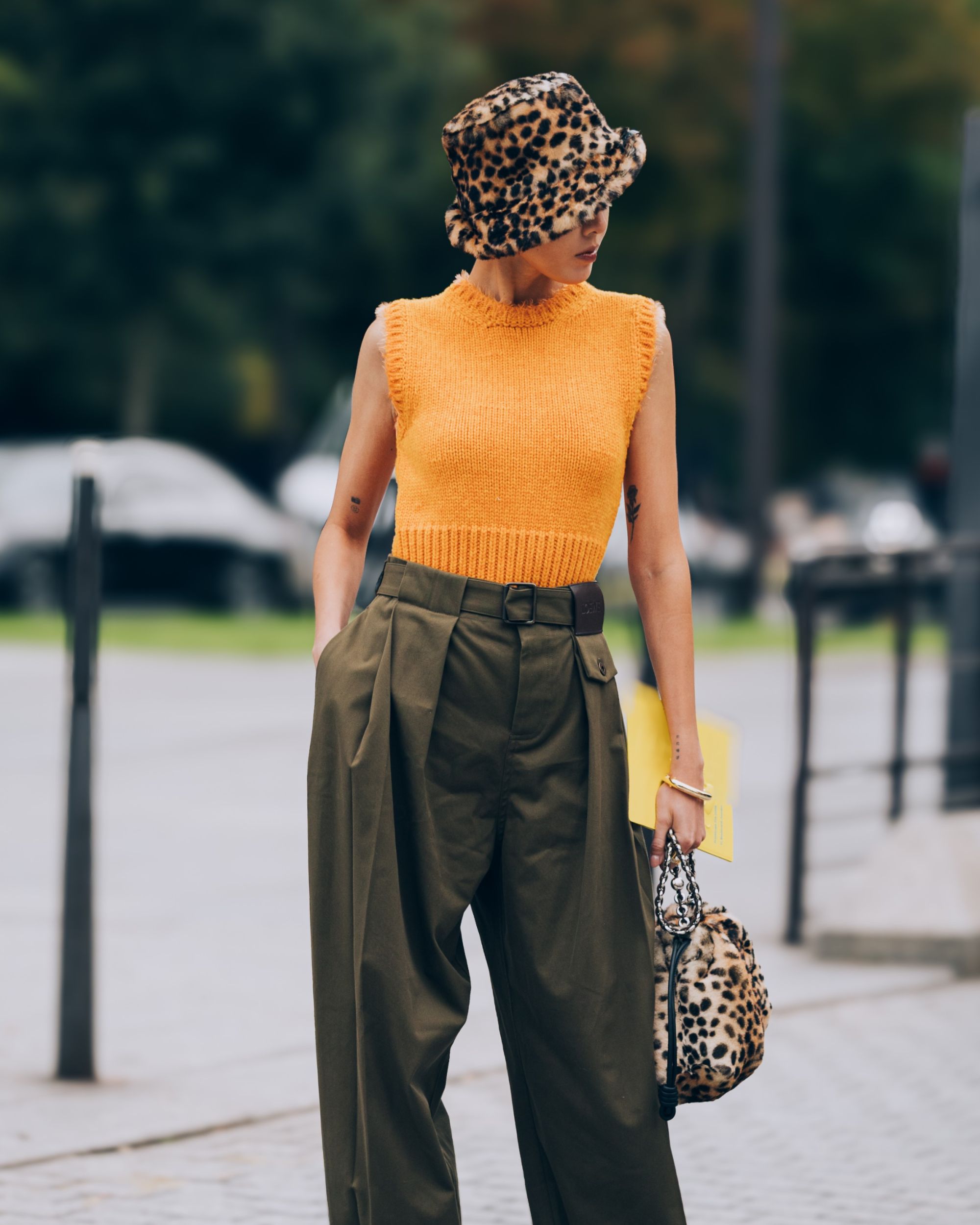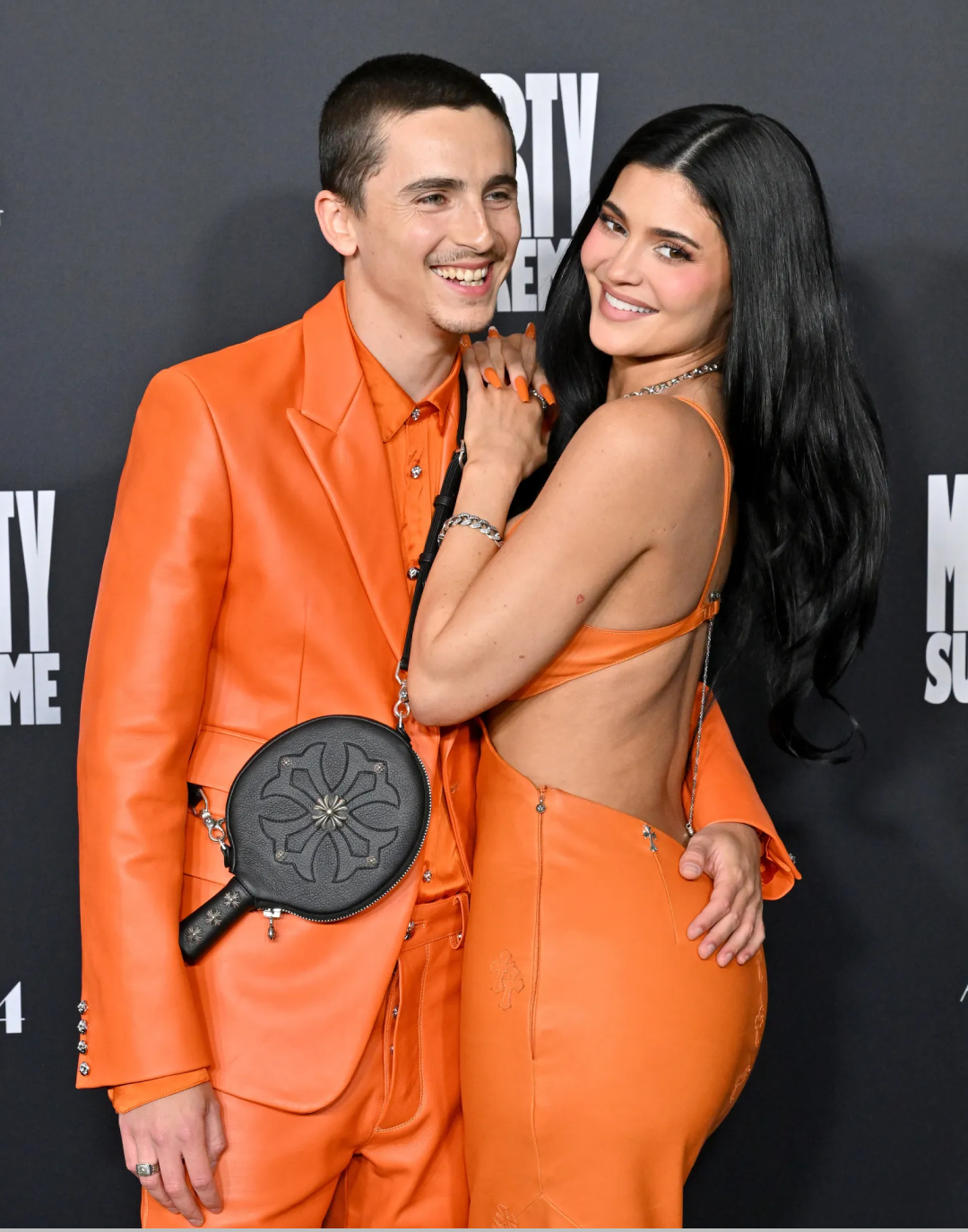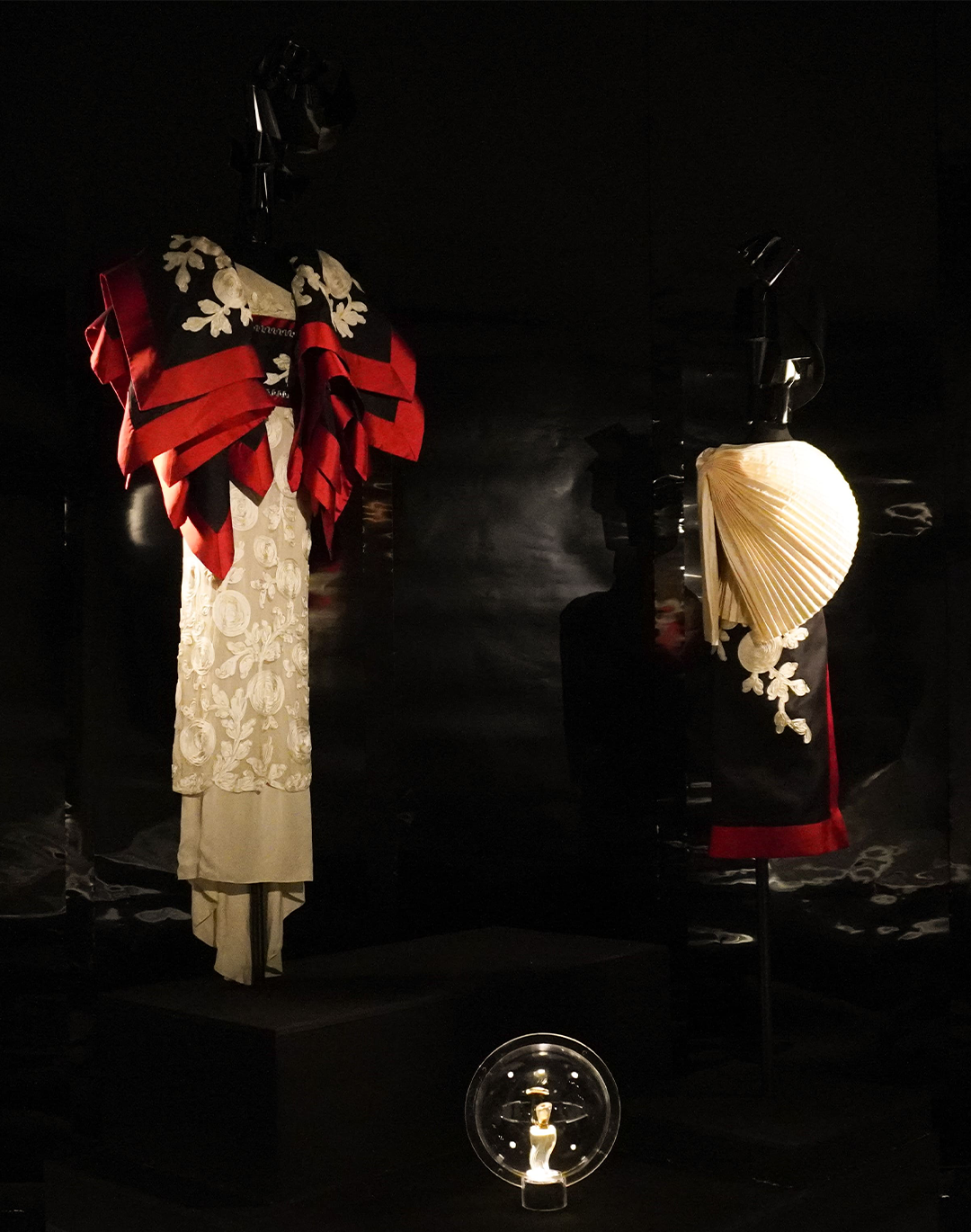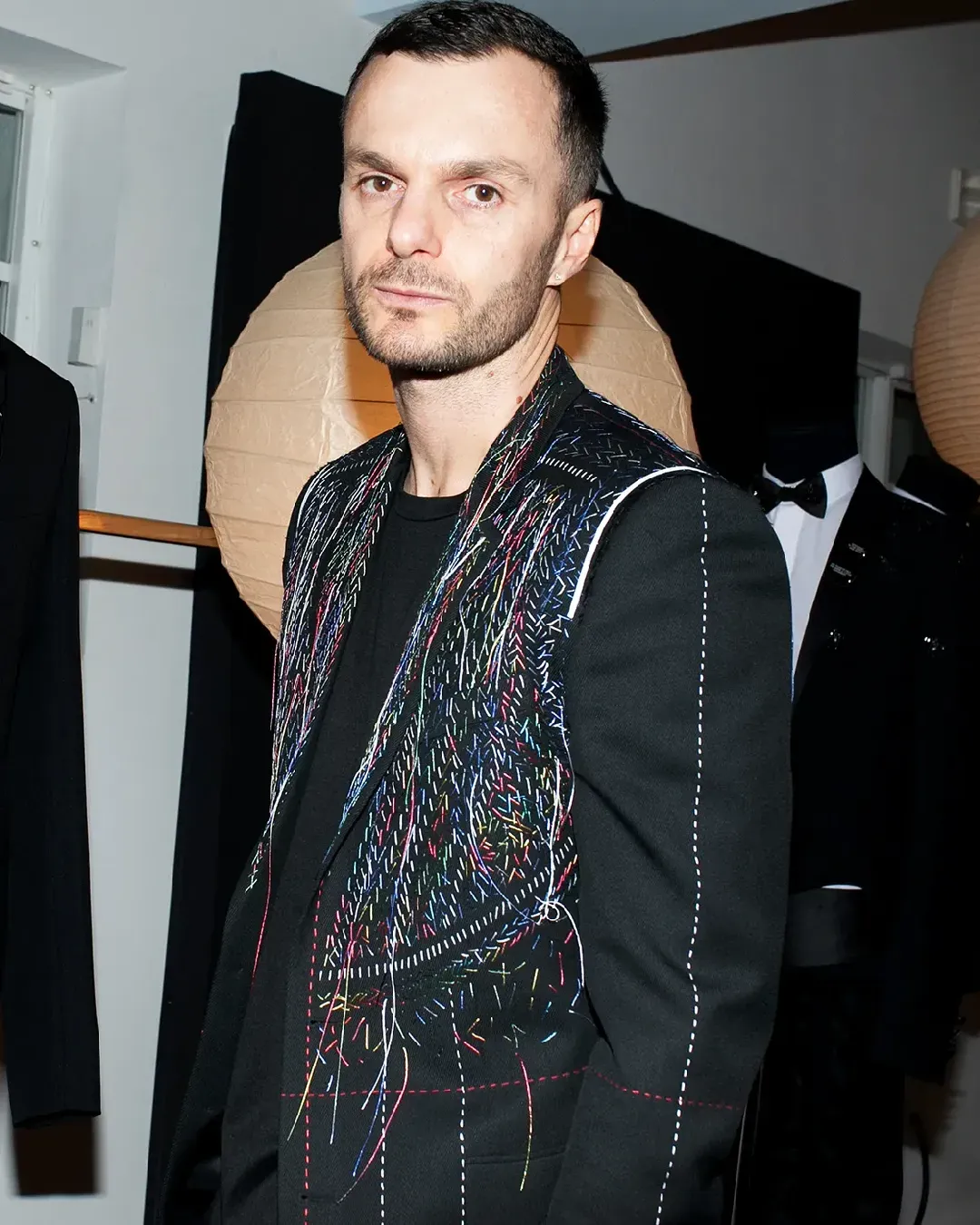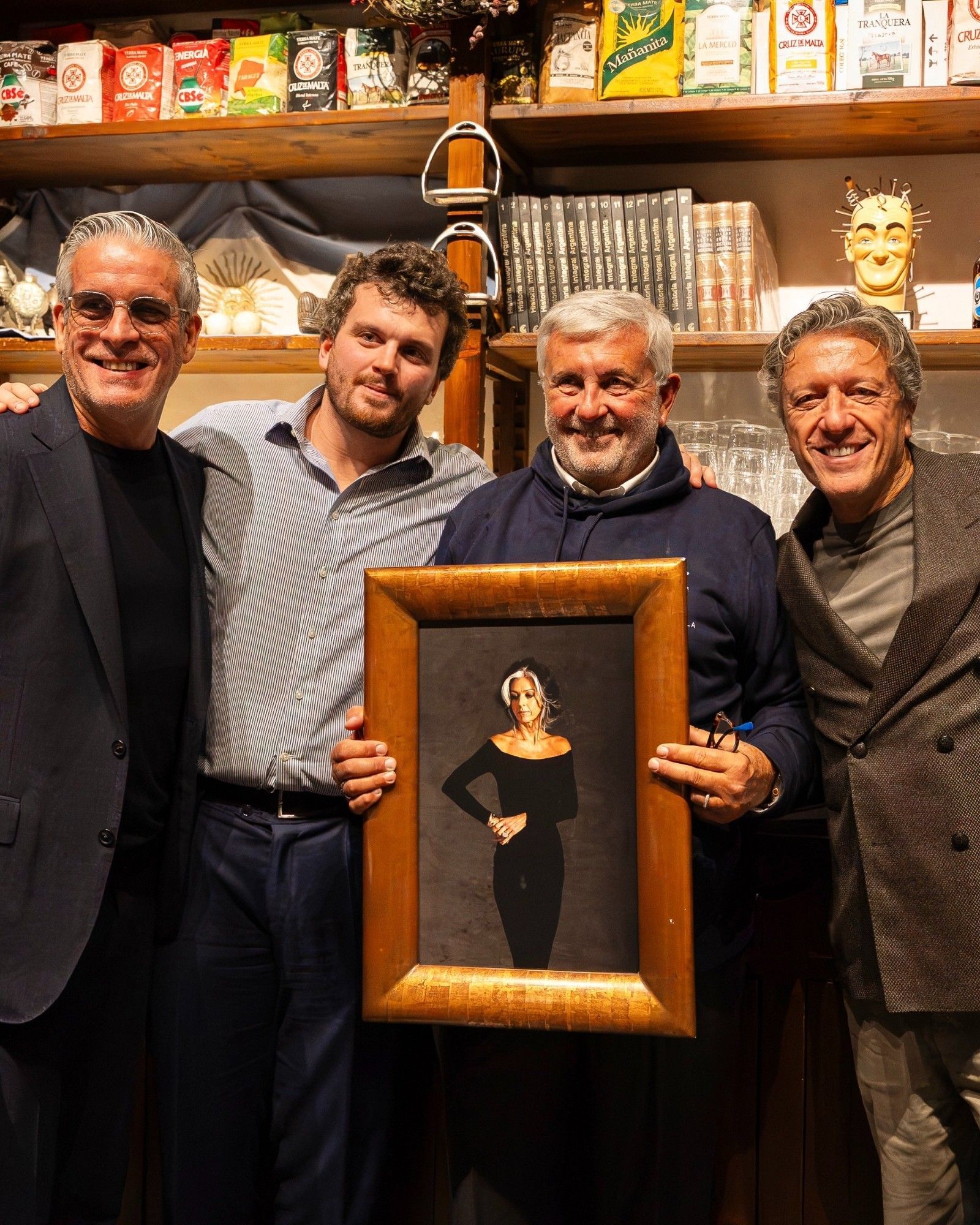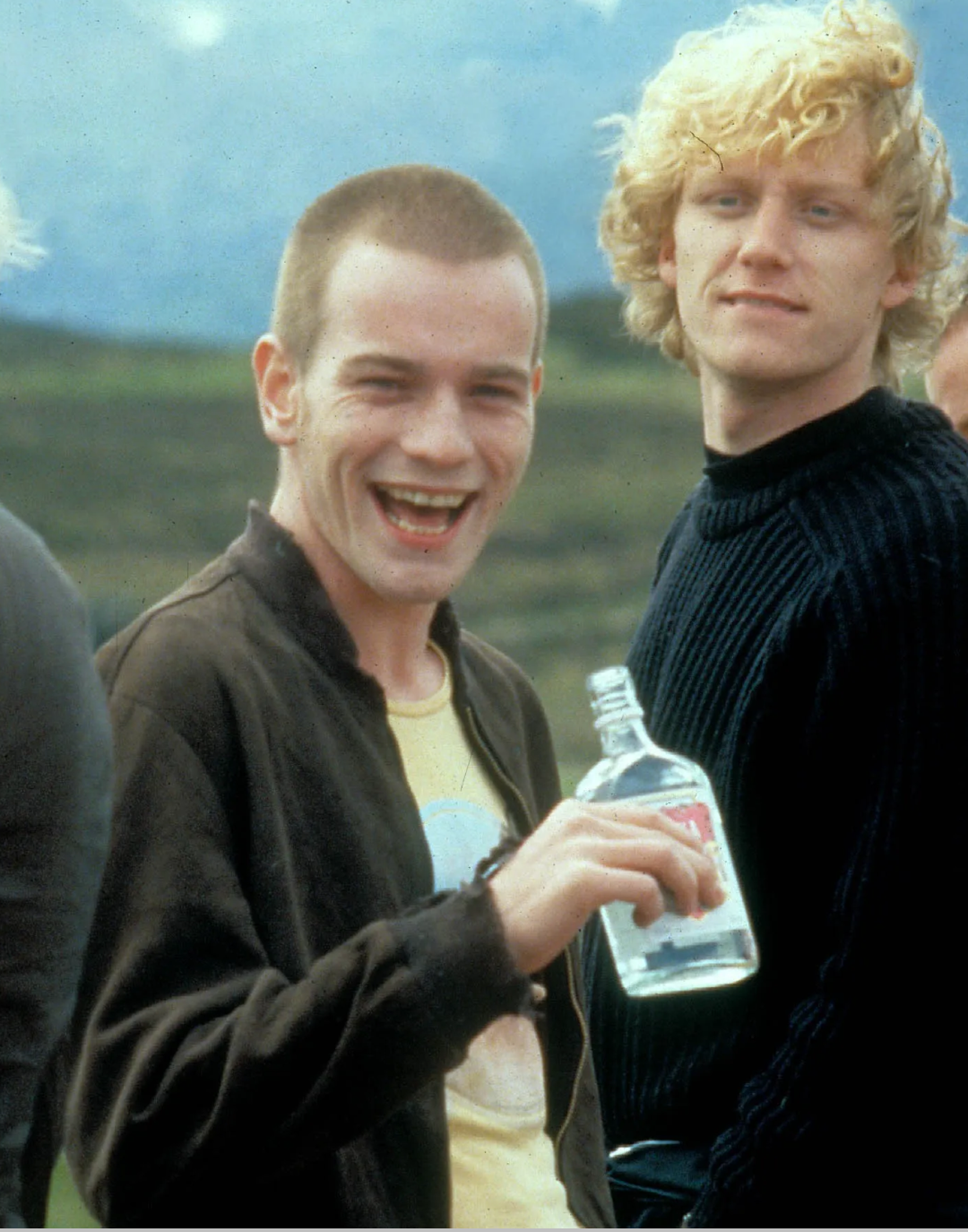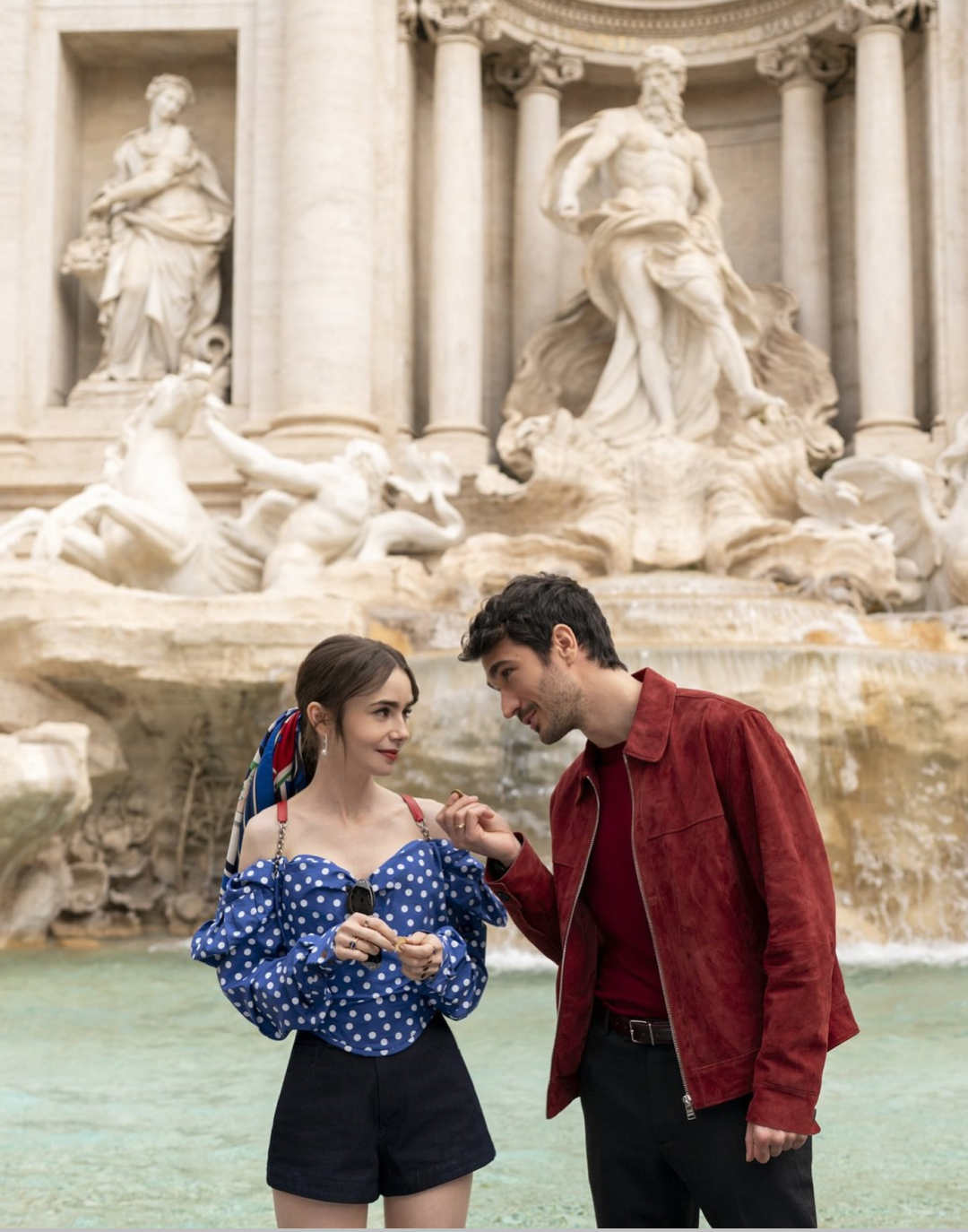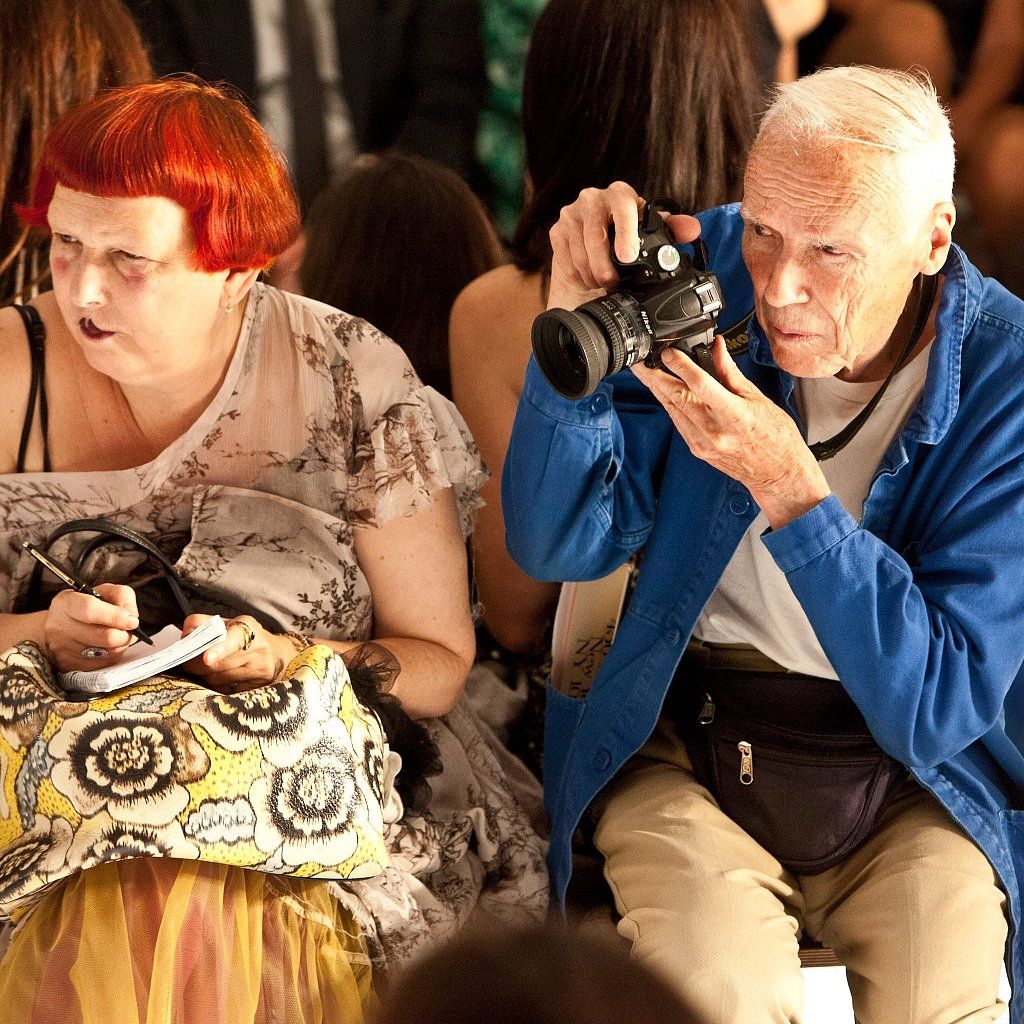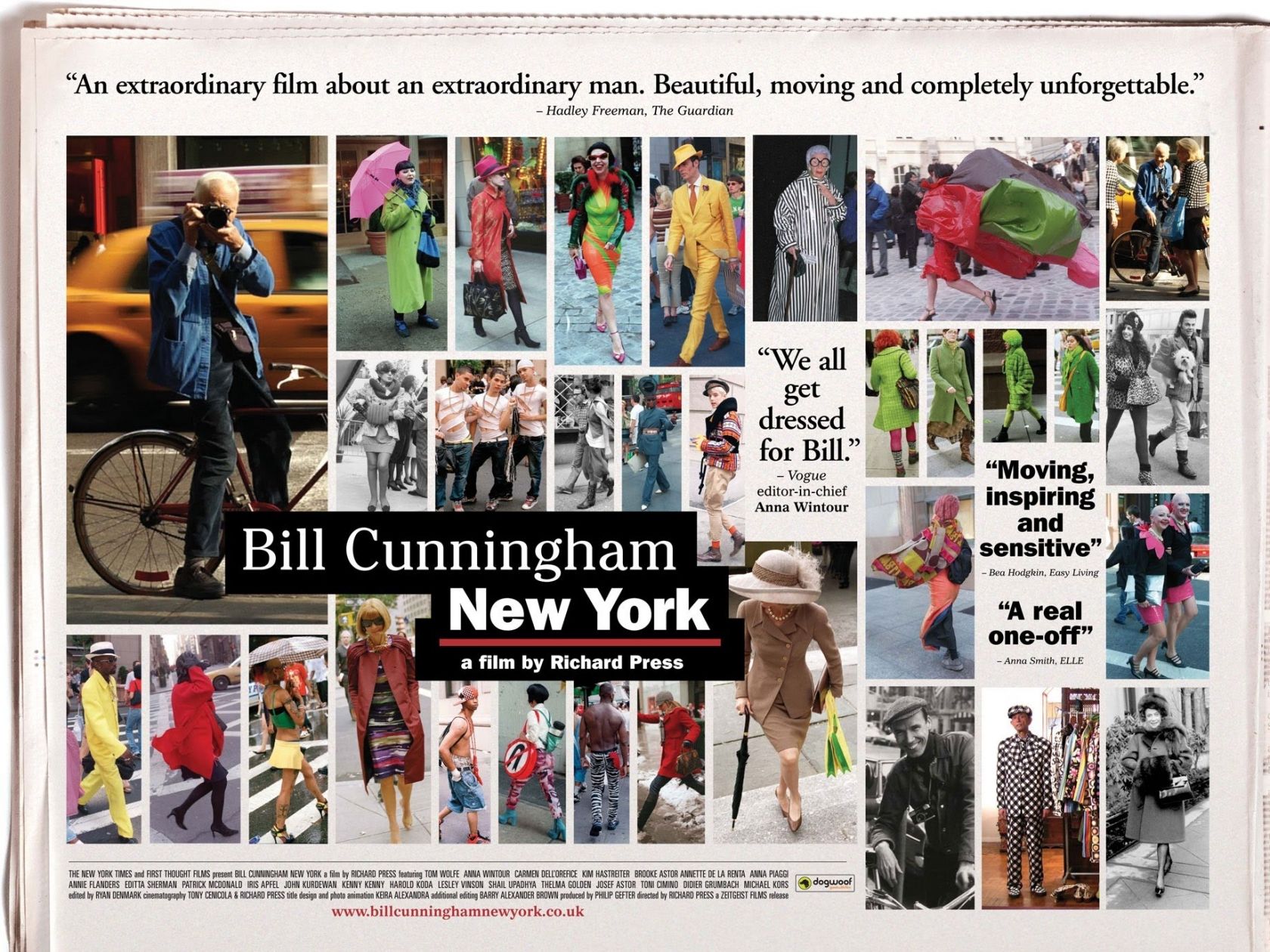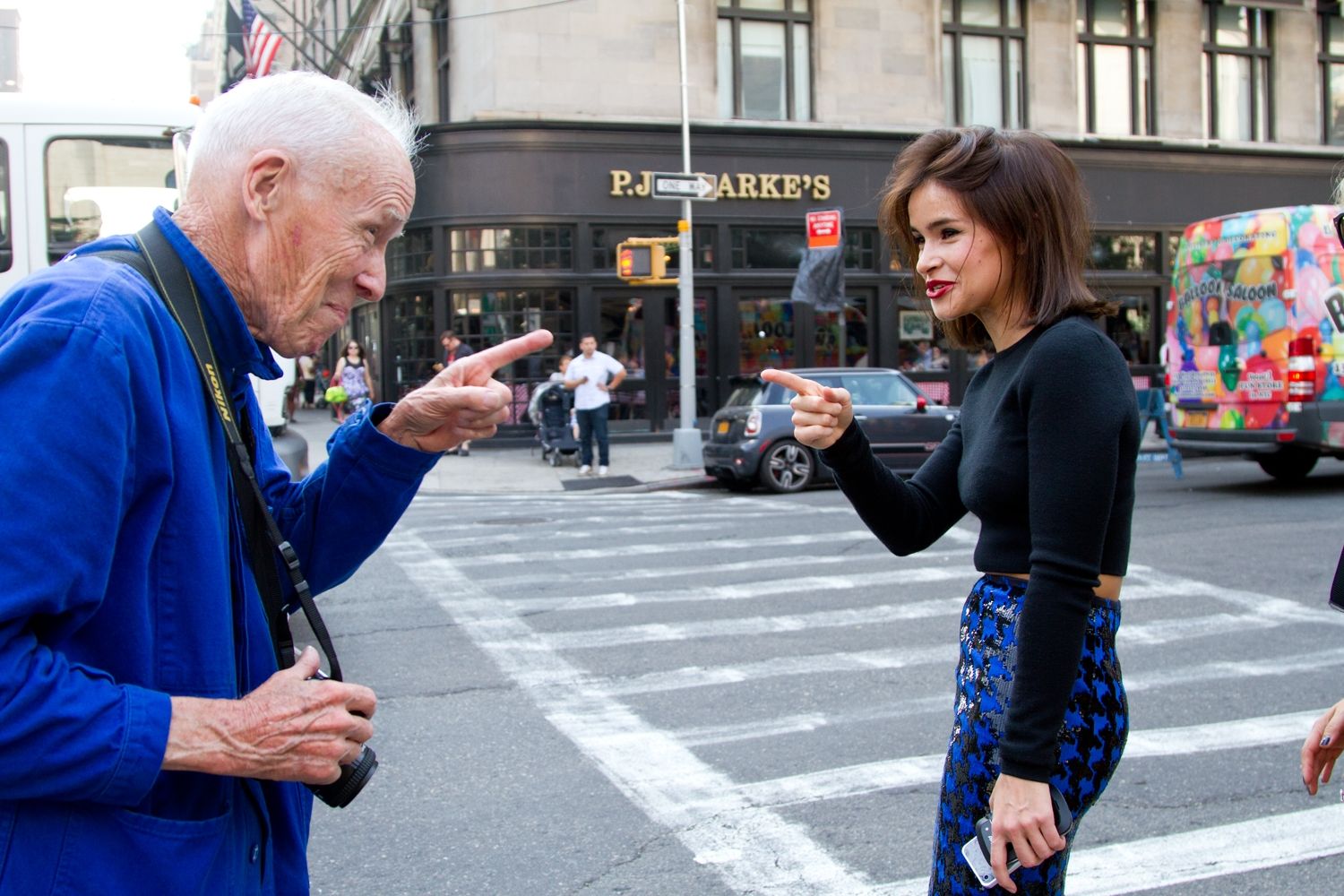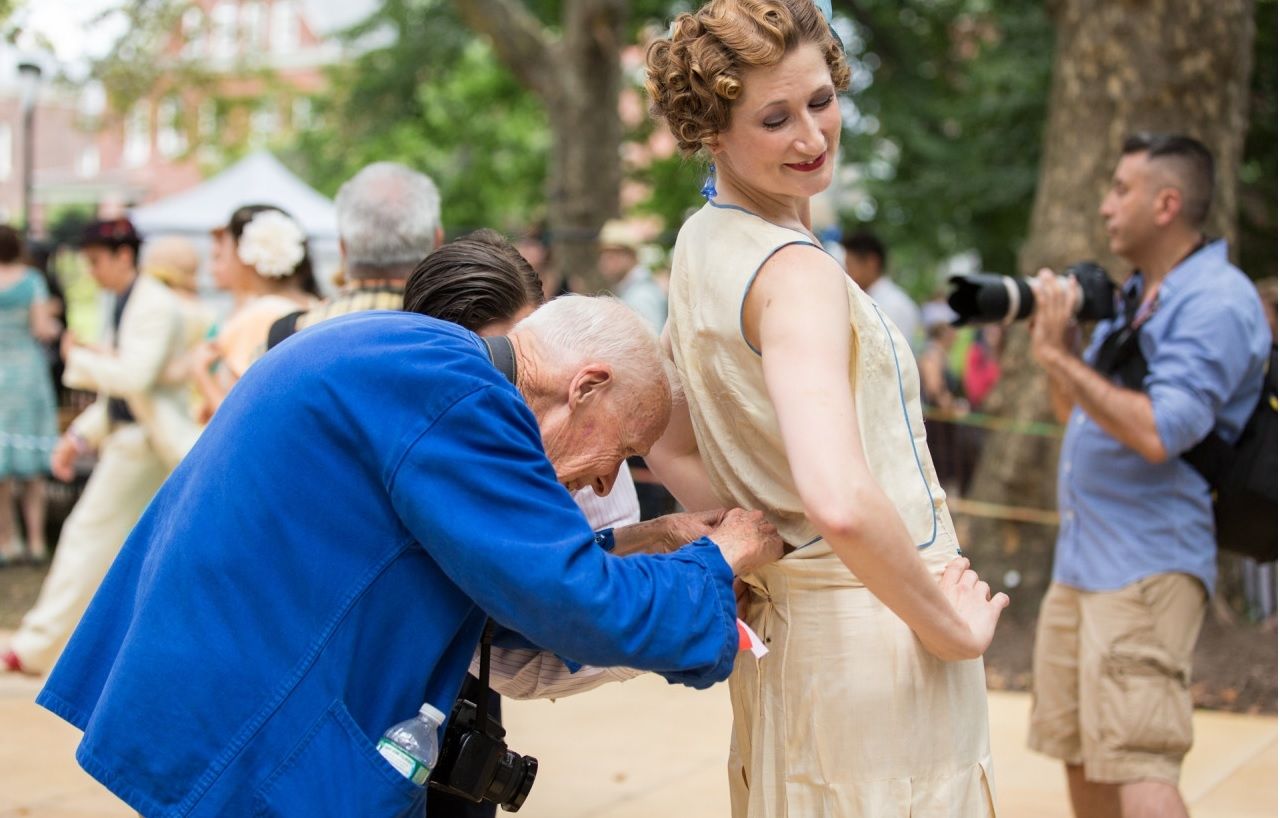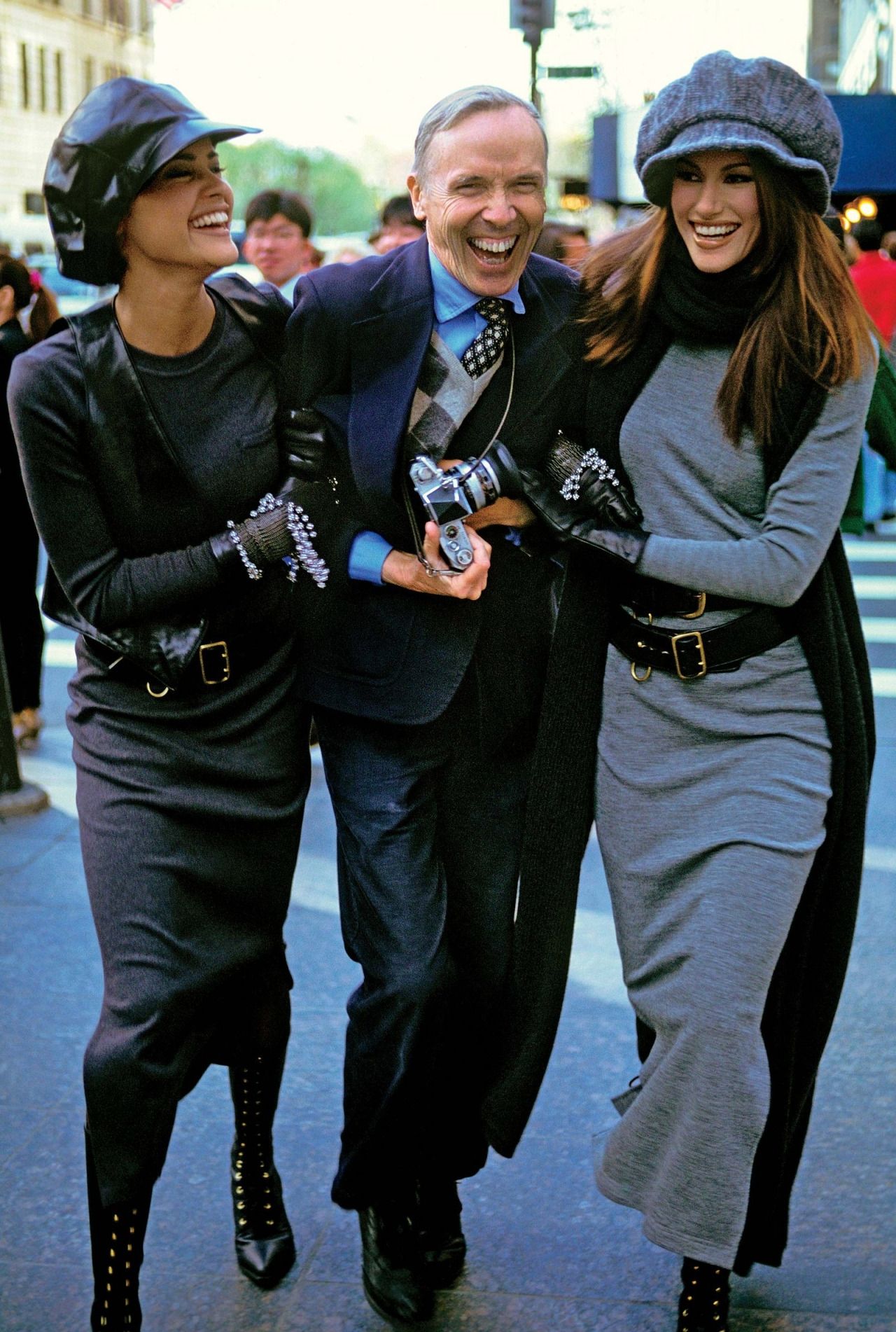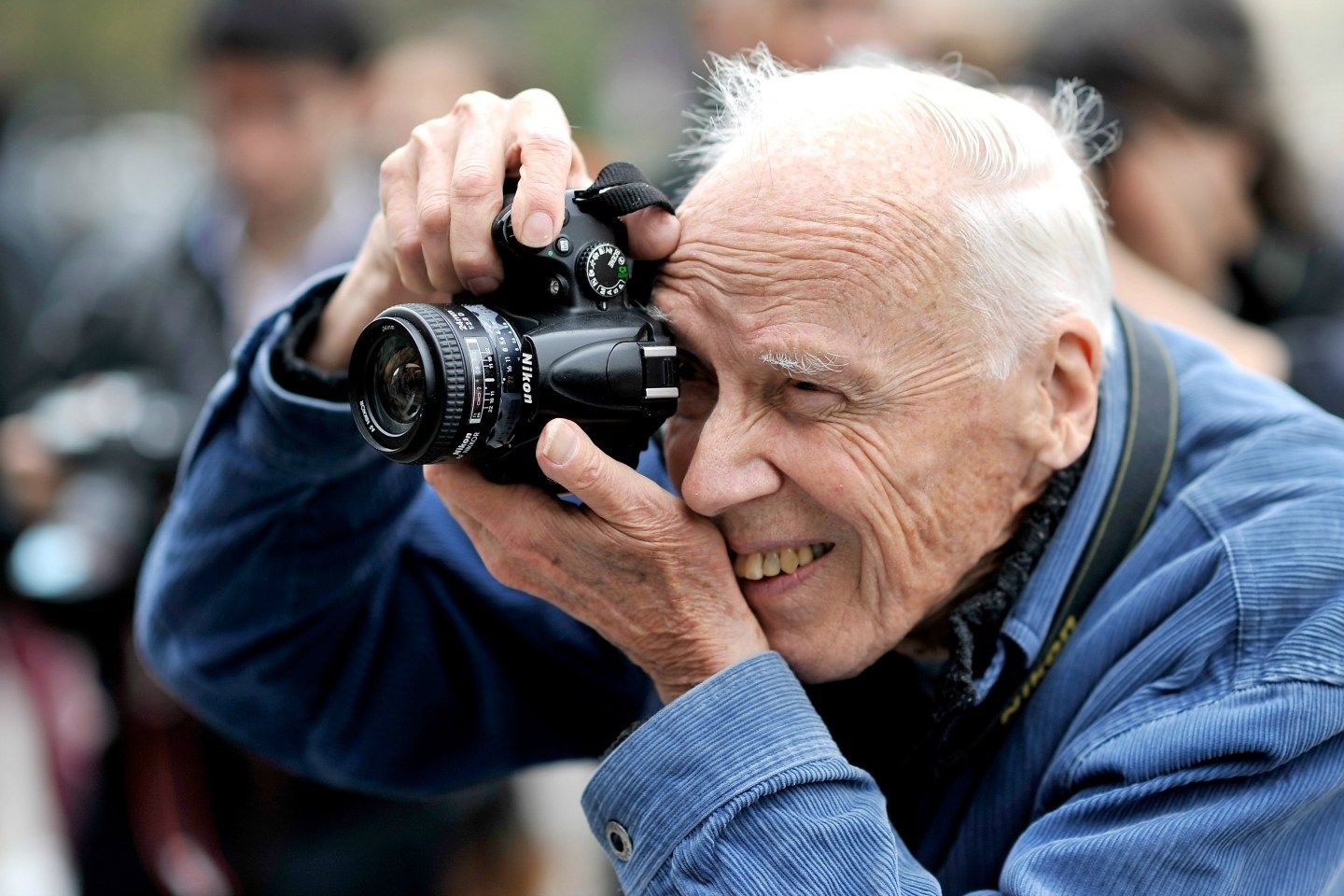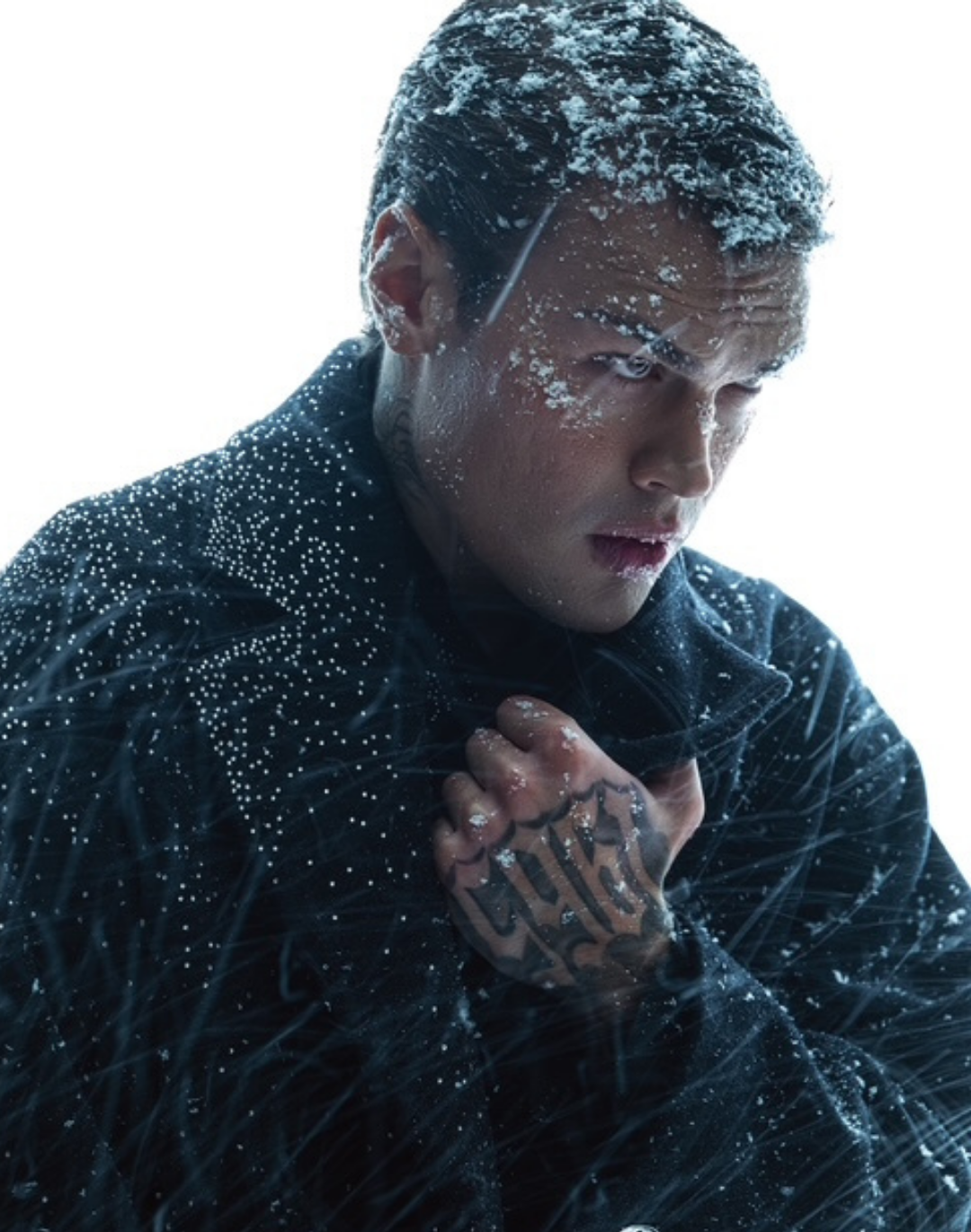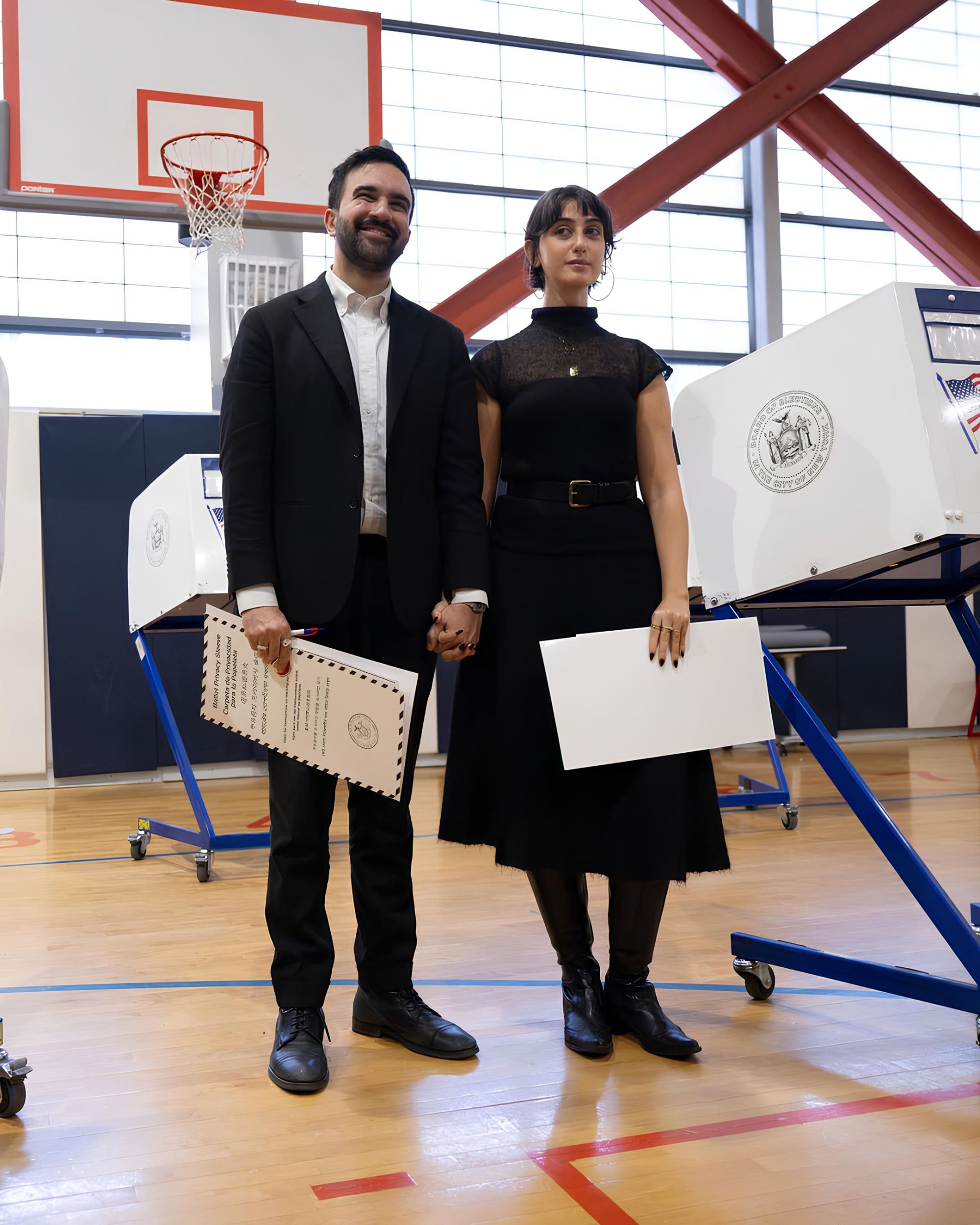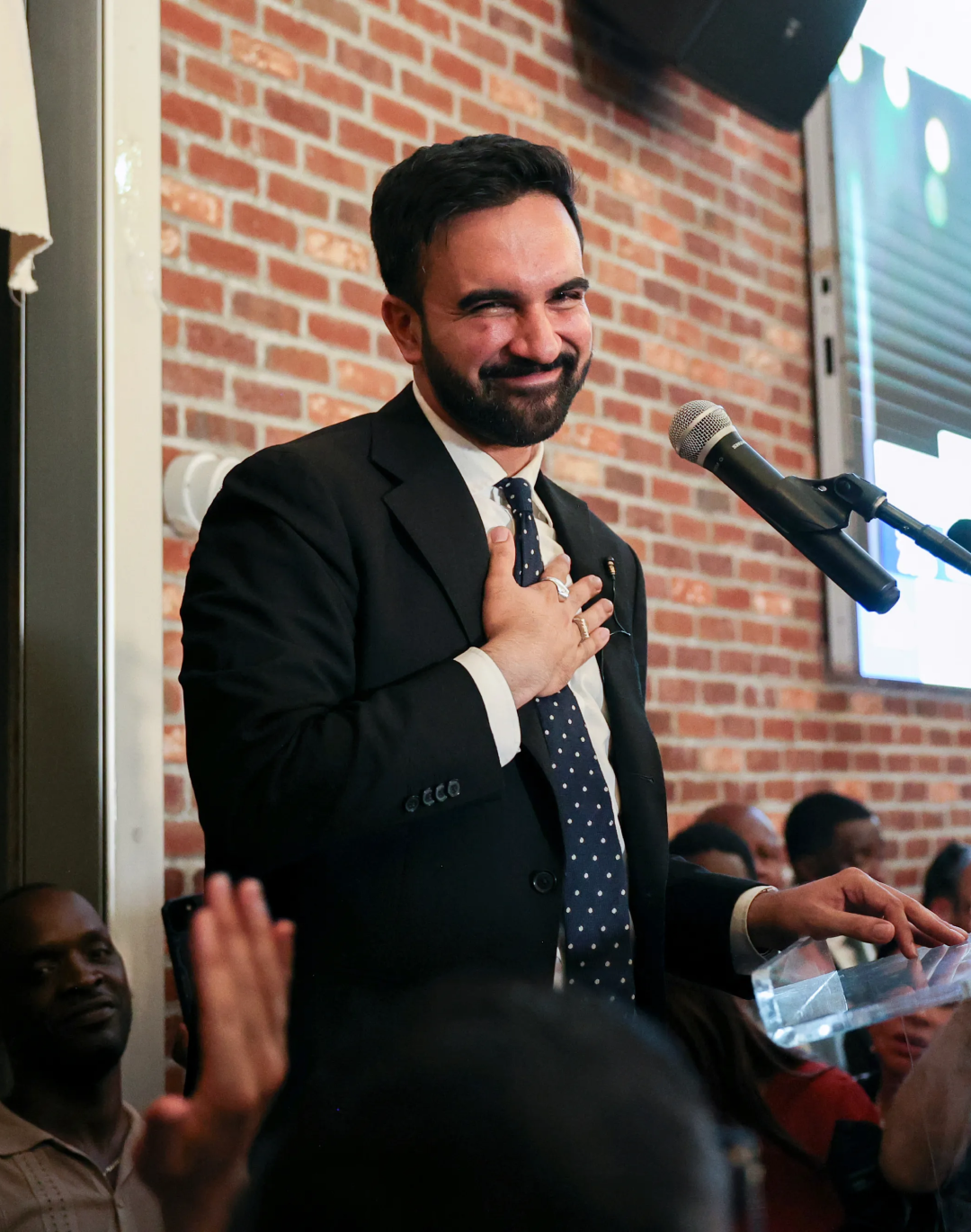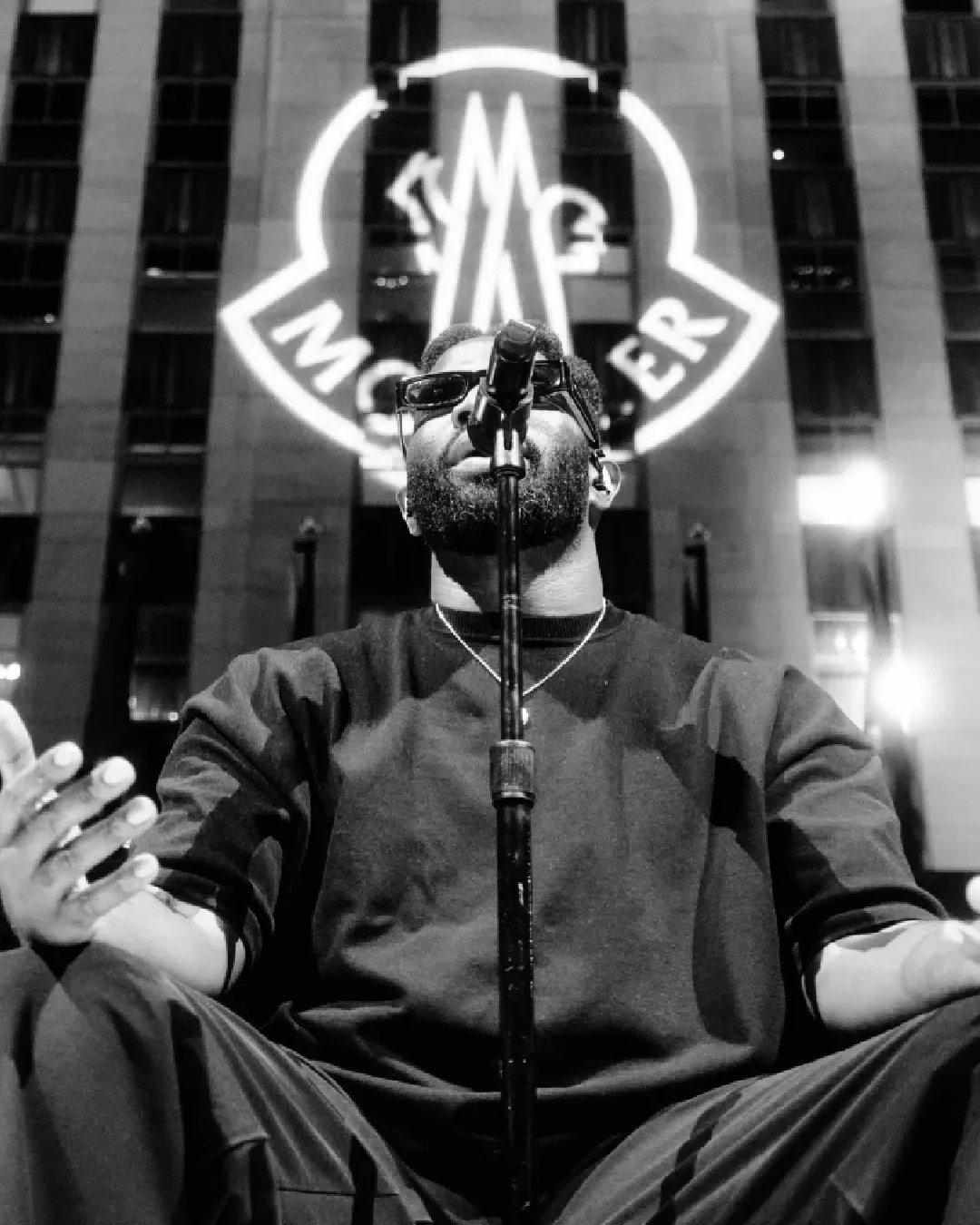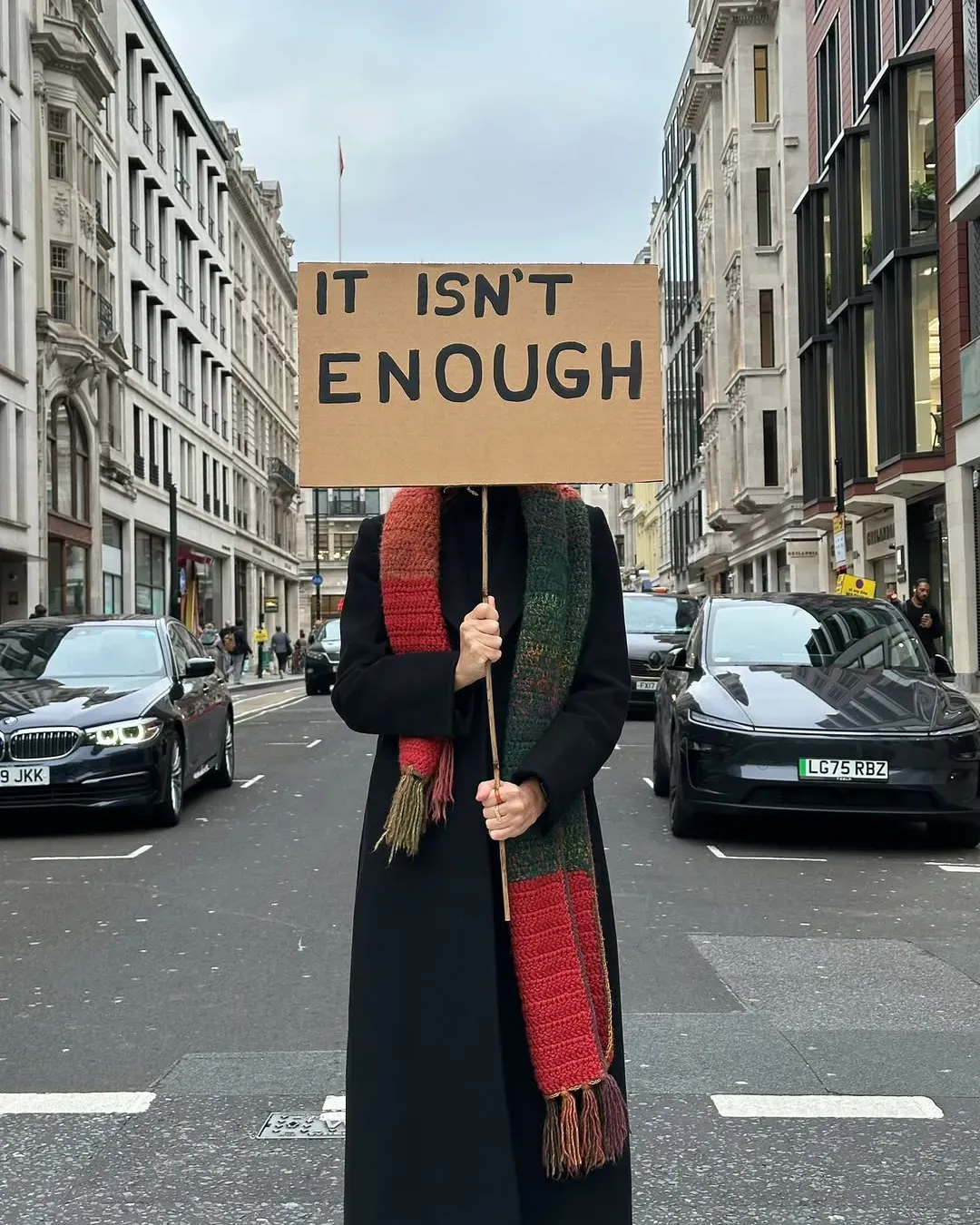
Bill Cunningham Special Our tribute to the iconic street style photographer in 5 points
Before fashion bloggers, hashtags, social networks, before The Sartorialist, there was him.
Bill Cunningham, who died aged 87 a few days ago, for nearly 50 years narrated, immortalizing the passers-by, the evolution of fashion and the New York-style. Because for him the best shows are the ones you see on the street.
Not only a photographer, but a style anthropologist. According to the New York Landsmark Conservancy, a living icon of the Big Apple.
It was easy to recognize him: often by bike (the number 29 in a series), always wearing his blue worker's jacket, khaki pants and a camera around his neck.
He was a simple man, shy, smiling, in love with his work. He came from a working class family from Boston and started his career as a reporter after returning from the Korean War. The first job he finds is in advertising, then as a milliner for his hat line, "William J", which boasts among its customers Marylin Monroe and Katherine Hepburn.
A day he notices a woman wearing a fur stole on the street and takes a photo of her. "As I watched her I thought: look at the cut of that shoulder. It's so beautiful"- he will later tell, realizing only time after that the old lady was Greta Garbo.
During the Seventies, he begins his collaboration with the New York Times, which for the first time publishes photos of a celebrity without permission, and of his column On The Street. Here, Cunningham’s images are put together to reveal the trends of the moment, while in Evening Hours, another space he edited, he focuses on shots dedicated to the New York social life. Beloved by all, even by the dreaded chief of Vogue’s Anna Wintour, who stated: "If Bill didn’t photograph you, then it was like saying you didn’t exist" or "We all dress for Bill". He’s among the first journalists to follow the Paris fashion shows and to introduce to the American public Azzedine Alaïa and Jean-Paul Gaultier.
Here are five things you should know about him.
#1 Fashion is the armour to survive the reality of everyday life
Not interested in celebrities, just the clothes. Just a silhouette, a cut, a crease, a colour to attract his attention, a detail to make him fall in love.
Among the people he portrays more often there are well-known personalities such as Anna Wintour, Anna Piaggi and Iris Apfel, but Louise Doktor too, a New York secretary of whom Cunningham has documented the stylistic evolution for about 25 years.
It's wrong to only follow the fashion shows, the diktats of the designers, you have to look at what people are wearing, watching people on the streets. Fashion is not a frivolity that should be eliminated.
For Bill "is an armour to survive the reality of everyday life. I don’t think you can do away with it. It would be like doing away with civilization".
#2 The perfect moment
"I love taking pictures of people in the rain because they forget about you" – says Cunningham, and continues, "It's wonderful, the whole fashion scene changes when the wind blows along the avenues. Seeing six hundred or seven hundred US dollar shoes in the mud is just a particular scene. A beautiful snowstorm and what a photo!"
That is for him the best moment to take a picture: during thunderstorms or snow when people are distracted, revealing their true nature.
#3 The monk of fashion
Bill Cunningham is a loner, shy, discreet, modest man, totally devoted to the work he loves.
His life is simple, strict, almost monastic. For decades he lives in a tiny studio-apartment without kitchen and with shared bathroom in the Carnegie Hall Tower, building where once lived many artists including Edith Sherman, who will star in the "Facades" series which will turn the homonymous and only book by Bill published in 1978.
He sleeps on a cot camp surrounded by stacks of negatives, mend his own clothes and always order the same breakfast for three dollars: coffee, eggs and sausage.
If he has to attend a party for work, he doesn’t touch the catering, doesn’t eat and doesn’t even drink a sip of water. Photographing for him is everything. And to get real, natural photos, you must try to be as invisible as possible.
About himself, he says: "I am not a good photographer. To be perfectly honest, I'm too shy. Not aggressive enough. Well, I'm not aggressive at all. I just loved to see wonderfully dressed women, and I still do. That's all".
#4 Free as a bird
"See, if you don’t take money people can’t tell you what to do. This is the secret to all things".
He doesn't care about money, freedom is everything to him.
He doesn’t accept gifts, checks, declines very profitable job offers and the possibility of an exhibition at the Metropolitan. For years refuses even to be hired by The New York Times, despite being a regular contributor, at least until 1994, when a van invests him, sending him to the hospital and he has no insurance.
#5 Bill Cunningham New York
In 2010 Bill Cunningham New York by director Richard Press came out, the documentary about the life and work of the photographer.
It takes ten years to make it: eight to convince Bill, who seems to have never seen the movie, and two for the shooting and editing.






